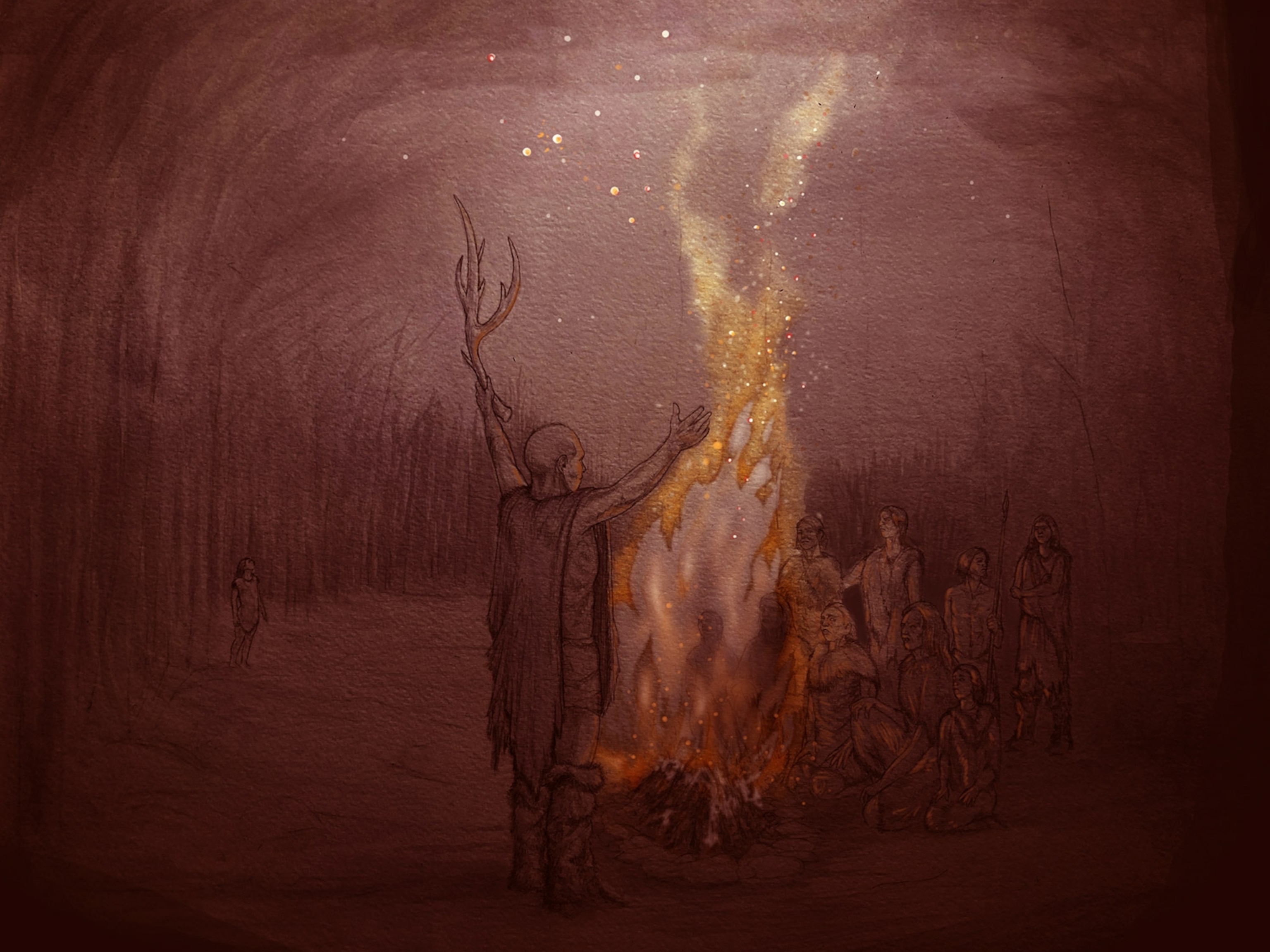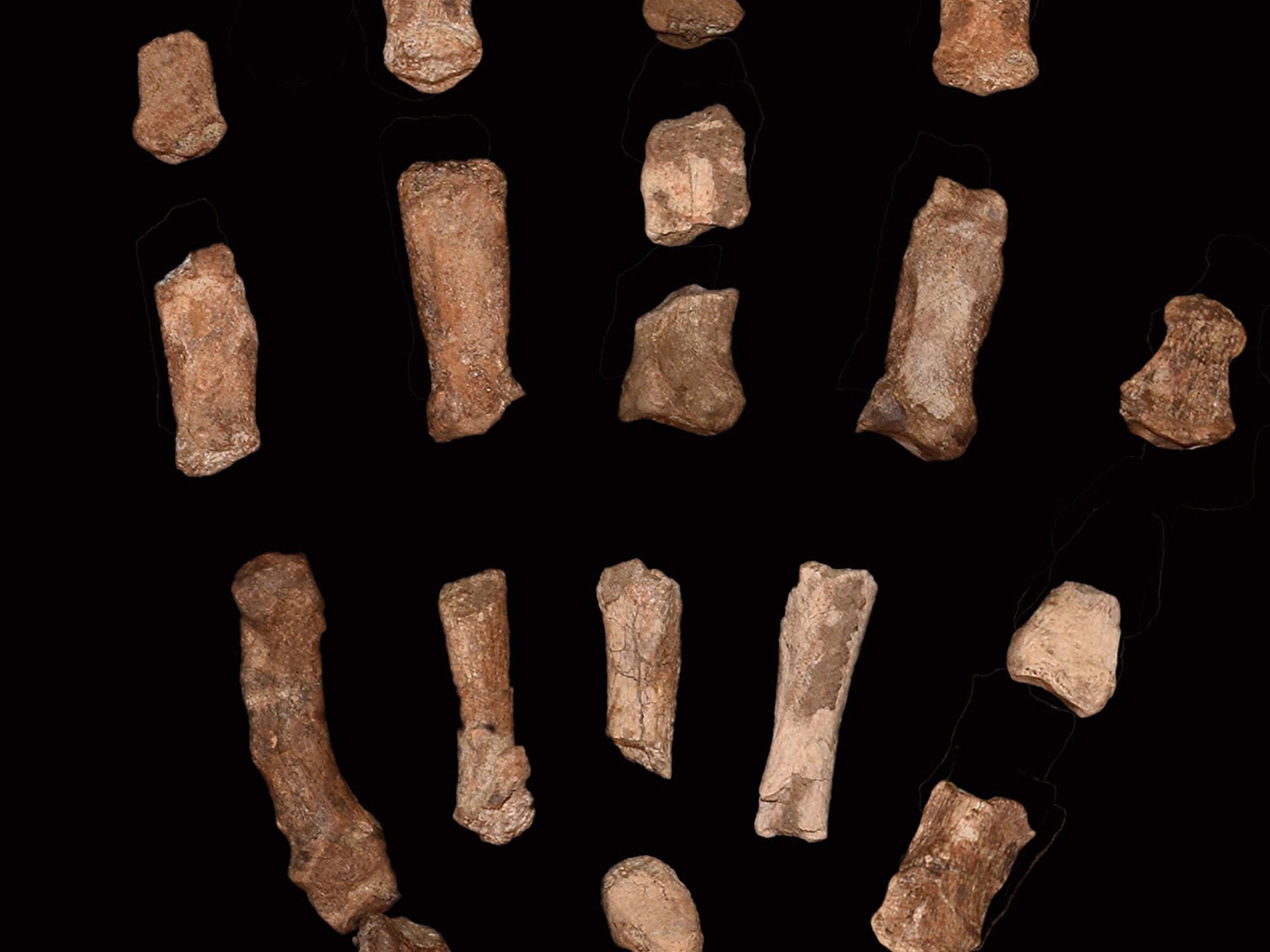
What Was "Lucy"? Fast Facts on an Early Human Ancestor
Perhaps the world's most famous early human ancestor, the 3.2-million-year-old ape "Lucy" was the first Australopithecus afarensis skeleton ever found, though her remains are only about 40 percent complete (photo of Lucy's bones).
Discovered in 1974 by paleontologist Donald C. Johanson in Hadar, Ethiopia, A. afarensis was for about 20 years the earliest known human ancestor species (Africa map).
What did Lucy look like?
With a mixture of ape and human features—including long dangling arms but pelvic, spine, foot, and leg bones suited to walking upright—slender Lucy stood three and a half feet (107 centimeters) tall.
Recreations based on other A. afarensis skulls later found nearby reveal an apelike head with a low and heavy forehead, widely curving cheekbones, and a jutting jaw—as well as a brain about the size of a chimpanzee's.
Why was Lucy named Lucy?
Inspired by repeated playings of "Lucy in the Sky With Diamonds" at a celebratory party on the day the specimen was found, researchers gave it the Beatles' mod moniker.
How do we know Lucy was female?
Lucy's size gives her away as a female. Later fossil discoveries established that A. afarensismales were quite a bit larger than females.
Was Lucy an adult?
A number of factors point to Lucy being fully grown. For one thing, her wisdom teeth, which were very humanlike, were exposed and appear to have been in use for a while before her death. In addition, the sections of her skull—separated in children—had grown together.
Was "Lucy's baby" really Lucy's baby?
No. The remarkably complete "Lucy's baby" skeleton, announced on September 20, 2006, is about a hundred thousand years older than Lucy herself. The A. afarensis child was so nicknamed because she is of the same species as the best known A. afarensis of all—Lucy.




